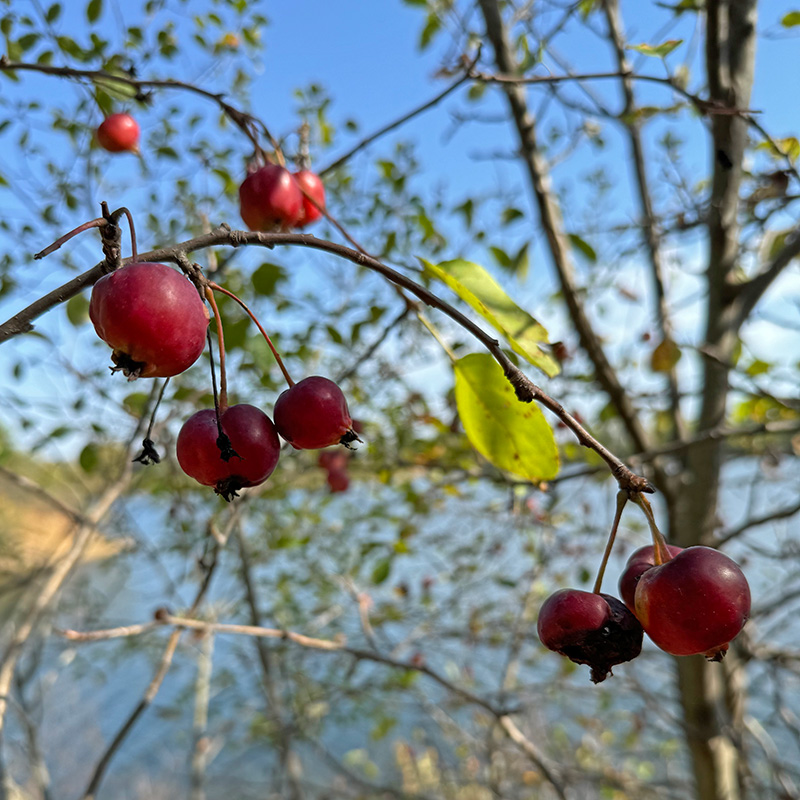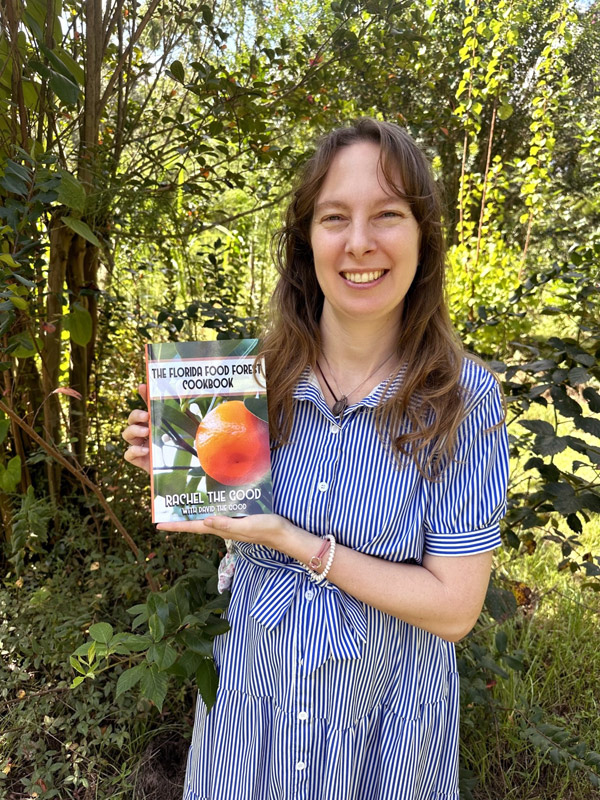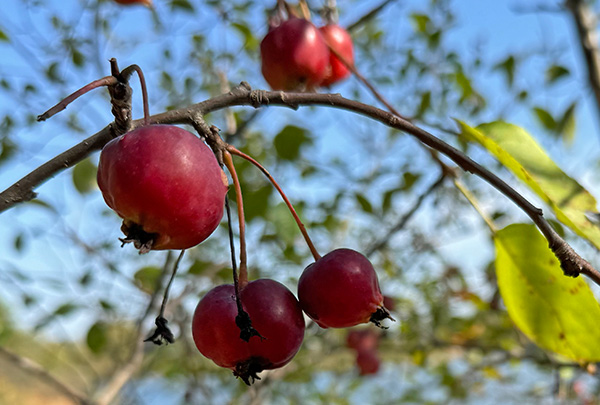What can you do with crabapples?
I was asked that question recently after posting a picture of wild Michigan crabapples on Instagram.
Though crabapples are often planted solely as an ornamental tree – if they’re planted at all – they do have some culinary uses.
These ancestors of cultivated apple have small, round fruit that rarely grow larger than a golf ball. They ripen in late September to October and are usually green with a pink blush or a golden yellow colour. Garden varieties can vary too, and are also edible.
They may be small and sour, but you can make some amazing recipes with the fruit of the crab apple tree. They have an exceptionally high pectin and acid content which makes them ideal for setting fruit jams and jellies. They also have an excellent, tart and tangy apple flavour.
I am rather fond of wild fruits, even if they aren’t as delicious or readily useful as cultivated fruits. We pick and eat wild blueberries, blackberries, sparkleberries and muscadines in the Alabama woods, and if we had wild crabapples locally, we’d find a way to use them as well.
The crabapples I spotted in Michigan were deep red and a little smaller than ping-pong balls:

They are more common further north. As Greene Deane writes, under a photo of Maine crabapples:
Because of the story of Johnny Appleseed (who was a real person) most folks think apples aren’t native to North America. There were plenty of apples here when Europeans arrived but they were Wild Apples not cultivated apples. What’s the difference? Taste and size. Most wild apples are small and sour, domesticated apples tend to be larger and sweeter. What most people don’t know is that wild apples can be baked or roasted (as in near an open fire or in an oven) and made very tasty. While some wild apples are too bitter to eat even after cooking many are transformed into good eats.
He also notes how they are used:
METHOD OF PREPARATION: Jelly, fruit, drink, source of pectin. Often they are improved greatly by roasting near a fire or in an oven.
Often, wild fruits make a delicious jelly or jam when sugar is added. We found this to be the case with wild muscadine grapes. Though terribly tart from the vine, they made a great jam that was bursting with grape flavor, as Rachel shares in The Florida Food Forest Cookbook.

I have also heard that they are a good addition to homemade apple cider, adding some bite and additional flavor to regular apples. We picked some crabapples to save seeds, and we’ll see if we can germinate and grow them in our food forest here. Even if they just exist to fee wildlife, they’ll be a beautiful addition to the yard.


3 comments
We planted a Chestnut crabapple in ’22, which had lots of reviews for excellent taste, great for fresh eating, and one of the largest crabs. I’m hoping we’ll get to sample some fruit next year. I’ve tasted sparkleberries from our woods, which are pretty good. Their alternate name of farkleberries always makes me smile. Sending good wishes for nice germination rates.
I am told that crab apples are a good addition if you are making hard cider, the tannin and acidity in the crab apples should balance out the usual sweetness in the standard apples that are grown nowadays in the US. The guy who told me that may also have been distilling his own apple brandy, but I never knew for sure. One never is.
“Thanks for this great post! I’ve always wondered what to do with the crabapples from my garden. The suggestions for making jelly and cider sound fantastic. I never thought about using them for decoration, but now I’m excited to give that a try too. Appreciate the inspiration!” —Ashley Scott
Comments are closed.